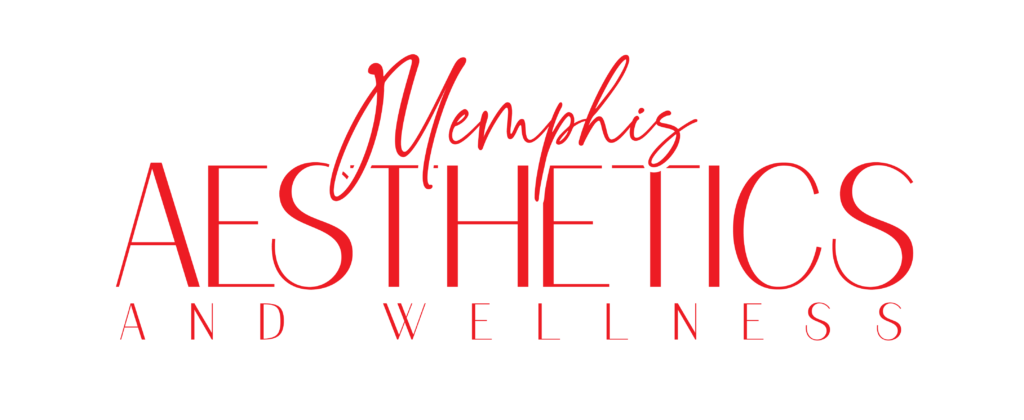Does Hair Grow Back After Laser Hair Removal? – Complete Guide

Laser hair removal is often marketed as the ultimate solution for getting rid of unwanted body hair. The thought of never having to shave, wax, or pluck again sounds too good to be true—and for many, it feels like a dream come true. But as the weeks go by, you might find yourself asking the question:
“Does hair grow back after laser hair removal?“
If you’re searching for clear answers—without marketing fluff—you’re in the right place. Now we’ll break down how laser hair removal works, whether the hair grows back, what causes it, and how to maintain smooth results that actually last.
How Laser Hair Removal Works
Targeting Hair Follicles with Laser
Laser hair removal uses highly concentrated beams of light to target the melanin (pigment) in your hair. This light energy converts into heat, which damages the hair follicle at the root and delays or prevents future growth.
The key word here is damage—not destruction. While many follicles are permanently affected, not all will be completely disabled, which is where the possibility of regrowth enters the picture.
Permanent Reduction vs. Permanent Removal
It’s important to understand the industry language. When professionals say “permanent hair removal,” they usually mean permanent hair reduction. That means:
- Less hair
- Thinner hair
- Slower growth
But some follicles may survive or recover over time, especially if you miss treatments or have certain hair types.
How Many Sessions Are Typically Required
Most clients need 6 to 10 sessions spaced 4–6 weeks apart to see lasting results. This is because hair grows in cycles, and laser treatments are only effective during the anagen (active growth) phase.
Does Hair Actually Grow Back After Laser Hair Removal?
What Studies and Experts Say
According to dermatological studies, laser hair removal can reduce hair growth by up to 90%. However, some regrowth is normal and expected, especially in areas influenced by hormones.
So yes—some hair can grow back. But it’s usually:
- Much finer
- Less pigmented
- Far less noticeable
Temporary Shedding vs. Real Regrowth
Right after your session, you might see hair falling out. That’s good—it means the laser worked. But weeks later, if you see stubble again, don’t panic.
Ask yourself:
- Is the hair finer or patchier than before?
- Is it growing back slower?
If yes, you’re still on track. If not, you might need additional sessions or a consultation.
Factors That Affect Hair Regrowth
Hair regrowth isn’t random. It depends on:
- Your hormones
- Your hair and skin type
- Consistency of sessions
- The technology used (not all lasers are created equal)
What Causes Hair to Grow Back After Laser Treatment?
Understanding why hair comes back can help you manage expectations and optimize results.
Hormonal Changes
Hormones are a major culprit—especially in women. Conditions like PCOS or life events like pregnancy can trigger regrowth, especially in:
- Chin
- Neck
- Upper lip
- Bikini line
Skipped or Incomplete Sessions
Laser treatment is a commitment. Missing appointments disrupts the process, allowing some follicles to recover.
Hair Growth Cycles and Timing
Only 20% of hair is in the active growth phase at any one time. That’s why one session doesn’t remove everything—you’re only targeting a portion of follicles each visit.
Areas Where Hair Is More Likely to Return
Not all body areas respond equally. Let’s break it down.
Face (Especially Chin and Upper Lip)
Facial hair, especially in women, is often hormonal, making it more stubborn and prone to returning—even after multiple sessions.
Bikini Line and Underarms
These areas usually respond well to laser but may still need maintenance due to sweat glands and hormone sensitivity.
Back and Chest (for Men)
Men’s hair is often denser and coarser, which requires more sessions and is more likely to experience partial regrowth.
How to Prevent or Minimize Regrowth
The good news? There are ways to maintain smoother results long-term.
Following the Full Treatment Plan
Don’t stop at 4 sessions because it “looks better.” Complete the full course your technician recommends—even if results seem done.
Maintenance Sessions Explained
Most people benefit from a touch-up every 6 to 12 months. It’s like a tune-up for your hair—just enough to keep the follicles in check.
Choosing a Certified Technician
The person holding the laser matters. Make sure your provider is:
- Certified
- Experienced
- Using FDA-approved equipment
Cheap packages from untrained operators often lead to poor results and higher regrowth.
What to Expect Months or Years After Treatment
Is Touch-Up Required?
Yes, for most people. Even with perfect results, your body may try to regrow some hair over time.
Realistic Results: Thinner and Slower Hair Growth
Think of it this way:
- You might still shave or pluck occasionally.
- But you won’t need to every day or week.
- Hair becomes almost “baby-fine” in some areas.
Long-Term Maintenance Tips
- Don’t wax between treatments (it removes the root—laser needs it).
- Avoid sun exposure before sessions (it increases risks).
- Track your growth patterns for custom treatment timing.
Comparing Laser to Other Hair Removal Methods
Let’s put laser side-by-side with common alternatives.
Laser vs. Waxing
| Feature | Laser Hair Removal | Waxing |
|---|---|---|
| Pain | Mild to moderate | Moderate |
| Results | Long-term reduction | Short-term |
| Cost over time | High initially, low later | Recurring expense |
| Regrowth | Less & slower | Full regrowth in weeks |
Laser vs. Electrolysis
Electrolysis is the only FDA-approved permanent hair removal method, but:
- It’s time-consuming (treats one follicle at a time)
- More painful
- Better for small areas like eyebrows or upper lip
Laser is faster and more cost-effective for large areas like legs, arms, or back.
Laser vs. Shaving or Creams
- Shaving = daily effort and skin irritation
- Creams = chemical-based, temporary, and risky for sensitive skin
- Laser = upfront investment for long-term ease
FAQs About Hair Regrowth After Laser Treatment
Can Hair Grow Back Thicker or Darker?
No. Laser doesn’t make hair worse. If you see darker hair returning, it’s likely:
- From a different growth cycle
- Or related to hormones
How Often Should You Get Touch-Ups?
Most people need 1-2 touch-ups per year after the full course.
Is It Safe to Shave in Between Sessions?
Yes, shaving is safe and recommended. Just avoid waxing or tweezing, which removes the root and disrupts the laser process.
Final Thoughts: Is Laser Hair Removal Worth It?
Pros and Cons Based on Regrowth
Pros:
- Major reduction in unwanted hair
- Long-lasting smoothness
- Time and cost-saving in the long run
Cons:
- Not 100% permanent for everyone
- Upfront cost
- Requires ongoing maintenance for some
Who Should Consider It
Laser hair removal is ideal for:
- People with light skin and dark hair
- Anyone tired of constant shaving or waxing
- Those looking for a semi-permanent solution
If you’re prone to ingrown hairs, razor bumps, or sensitive skin, it can be a game-changer.
Long-Term Cost and Convenience Benefits
Let’s be honest: razors, wax kits, and salon visits add up fast. With laser:
- You save time
- You reduce skin irritation
- You enjoy smoother skin longer
Conclusion
So, does hair grow back after laser hair removal?
Yes, some hair can return, but it’s usually minimal, lighter, and easier to manage. With the right plan, technician, and expectations, laser hair removal is one of the most effective long-term solutions for reducing unwanted hair.
If you’re tired of the endless hair removal cycle, laser treatment might just be the smooth solution you’ve been searching for.

